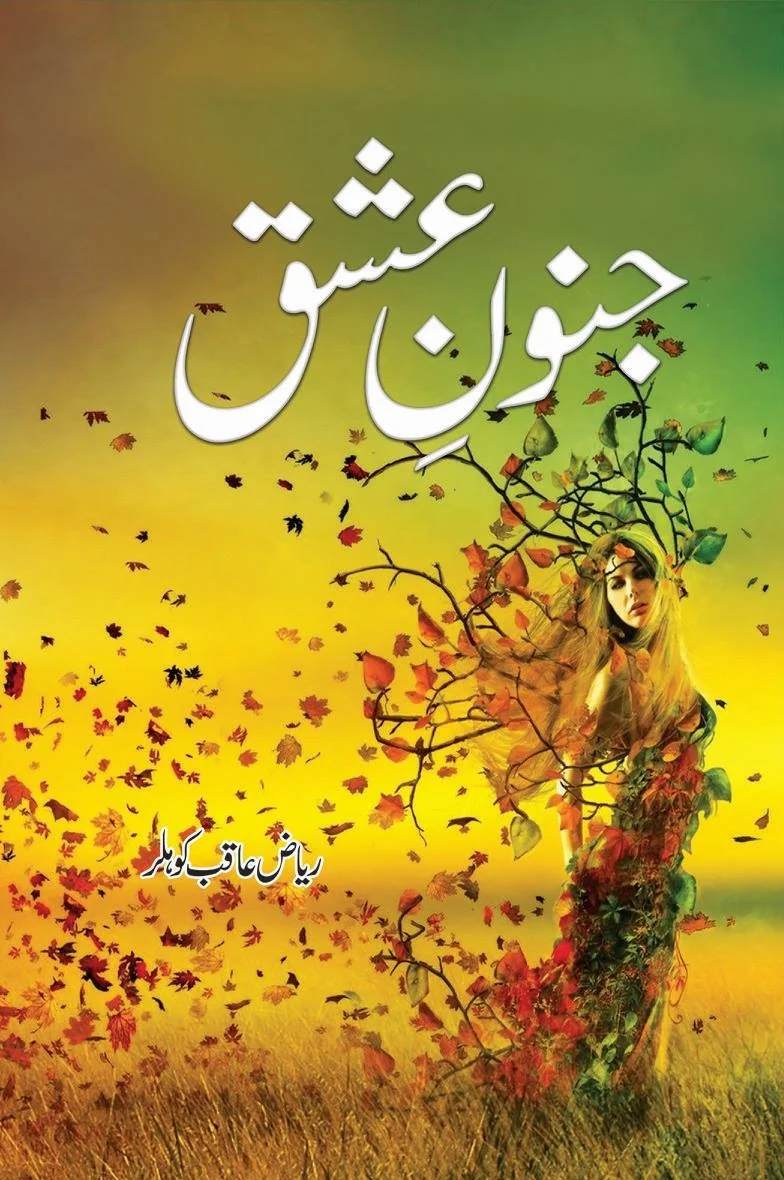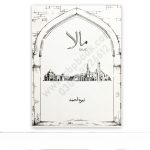“Junoon e Ishq,” meaning “Obsession of Love,” is more than just a title—it’s a heartfelt journey into the depths of human emotions, cultural complexities, and societal tensions. This Urdu novel, penned by authors like Zainab Rajpoot and Wafa Shah, has captured the hearts of romantic fiction enthusiasts with its gripping narratives and relatable characters. Whether it’s the intense love story of Wariam and Nainan or the spiritual redemption arc of Aftab and Zenia, Junoon e Ishq resonates with readers through its exploration of love’s highs and lows. This article dives into the novel’s themes, characters, and cultural significance, offering insights for Urdu literature fans, students of South Asian culture, and anyone drawn to emotional storytelling. Let’s explore why Junoon e Ishq remains a timeless gem in Urdu literature.
Overview of Junoon e Ishq Novels
Different Versions and Authors
Junoon e Ishq exists in multiple iterations, each offering a unique lens on love and human relationships. Zainab Rajpoot’s version is a bold, intense narrative centered on Wariam Murtaza and Nainan, whose love story unfolds against a backdrop of family conflicts, obsession, and emotional resilience. The novel delves into themes of forced marriage, revenge, and societal expectations, with characters like Rafey, Ayat, and Aashar adding depth through their subplots. Rajpoot’s storytelling is raw and immersive, making readers feel the weight of every decision.
Wafa Shah’s Junoon e Ishq takes a more spiritual and emotional approach, focusing on Aftab Malik and Zenia. Aftab, betrayed by his wife, grapples with heartbreak, while Zenia’s supportive presence offers hope and redemption. This version emphasizes spiritual love, personal transformation, and the healing power of trust, appealing to readers seeking emotional depth with a philosophical edge.
The drama adaptation Aye Ishq e Junoon brings these themes to life on screen, focusing on love, betrayal, and family repercussions. It amplifies the emotional stakes, making the story accessible to a broader audience through visual storytelling.
Genre and Language
Written in Urdu, Junoon e Ishq blends romance, drama, and social commentary, making it a staple of romantic and emotional fiction. The language is rich yet accessible, capturing the nuances of Pakistani culture and societal norms. Set against the backdrop of South Asian family dynamics, the novels explore universal themes like love and sacrifice while grounding them in cultural contexts like haveli-based traditions and feudal systems. This cultural specificity makes the stories resonate deeply with Urdu-speaking readers while offering outsiders a window into Pakistani life.
Themes and Motifs in Junoon e Ishq
Love and Obsession
At its core, Junoon e Ishq explores love’s transformative power and its potential to spiral into obsession. In Rajpoot’s novel, Wariam’s passion for Nainan borders on “junoon,” driving him to make choices that ripple through their families. This intense love often leads to conflict, highlighting how passion can both uplift and destroy. Similarly, Shah’s Aftab experiences love as an all-consuming force, but his journey leans toward redemption rather than destruction.
Family and Societal Conflicts
Both versions of Junoon e Ishq tackle the clash between individual desires and family expectations. In Rajpoot’s novel, Wariam and Nainan face resistance from their families, rooted in traditions and social status. The narrative sheds light on generational conflicts, where older values clash with younger ambitions. Shah’s story, meanwhile, explores how societal pressures shape Aftab’s emotional journey, particularly after betrayal. These conflicts mirror real-life struggles in South Asian households, where family honor often outweighs personal choice.
Betrayal and Emotional Healing
Betrayal is a recurring motif, particularly in Shah’s novel, where Aftab’s wife’s infidelity shatters his trust. The journey toward healing—through Zenia’s support—emphasizes forgiveness and resilience. In Rajpoot’s version, characters like Rafey grapple with betrayal, seeking redemption through love and sacrifice. These arcs resonate with readers who’ve faced broken trust, offering hope that healing is possible.
Cultural Values and Modernity
The novels contrast traditional Pakistani values with modern aspirations. Zenia, in Shah’s story, embodies modernity with her independent spirit, while Aftab navigates traditional expectations. Rajpoot’s characters, set in a haveli-based feudal system, face similar tensions, reflecting Pakistan’s evolving societal norms. This blend of old and new makes Junoon e Ishq a compelling study of cultural shifts.
Character Analysis
Protagonists and Their Journeys
Wariam Murtaza and Nainan, in Rajpoot’s novel, are a classic romantic pair whose love faces societal and familial hurdles. Their story is one of perseverance, with Wariam’s intensity and Nainan’s innocence creating a dynamic contrast. In Shah’s version, Aftab Malik’s emotional turmoil after betrayal is central, with Zenia’s supportive role offering a path to redemption. Supporting characters like Rafey, Ayat, Aashar, and Rimsha add layers to the narrative, each with subplots that enrich the story’s emotional tapestry.
Character Flaws and Growth
The characters in Junoon e Ishq are refreshingly flawed. Wariam’s obsessive tendencies lead to rash decisions, while Nainan’s naivety makes her vulnerable. Aftab’s initial inability to trust reflects his pain, but his growth toward forgiveness is inspiring. These arcs show how love and adversity shape personal growth, making the characters relatable to readers navigating their own challenges.
Narrative Style and Storytelling Techniques
Zainab Rajpoot’s storytelling is vivid and descriptive, pulling readers into a world of intense emotions and dramatic conflicts. Her use of suspense and multiple seasons (e.g., Ulfat-e-Ishq as a sequel) keeps readers hooked. Wafa Shah, on the other hand, weaves spirituality into her narrative, creating an emotionally layered story that invites introspection. Both authors use dialogue and cultural references to ground their stories, making them authentic and immersive.
Why Read Junoon e Ishq?
Junoon e Ishq offers an emotional rollercoaster for fans of complex romantic fiction. Its relatable characters and universal themes—love, betrayal, and redemption—resonate across cultures. The novels provide a deep dive into Pakistani family dynamics, offering insights into societal pressures and personal resilience. Available in PDF format on platforms like UrduNovelsZone.com, they’re easily accessible for digital readers. Whether you’re drawn to romance or cultural exploration, Junoon e Ishq delivers a powerful reading experience.
Impact and Reception
Readers and critics praise Junoon e Ishq for its engaging storytelling and authentic characters. On sites like UrduNovelsBank.org, fans highlight its emotional intensity and relatable themes, with comments like “It hooks you from start to finish.” The novel’s influence extends to Urdu romantic literature, inspiring similar works and the Aye Ishq e Junoon drama adaptation. By reflecting societal issues like family honor and personal freedom, it remains a cultural touchstone in South Asian literature.
Conclusion
Junoon e Ishq by Zainab Rajpoot and Wafa Shah is a captivating exploration of love’s many facets—passion, obsession, betrayal, and redemption. Through vivid storytelling and relatable characters, the novels offer a window into Pakistani culture and universal human experiences. Whether you’re an Urdu literature enthusiast or a newcomer to romantic fiction, Junoon e Ishq promises an unforgettable journey. Dive into its pages, reflect on its themes, and let the obsession of love inspire your own story.







